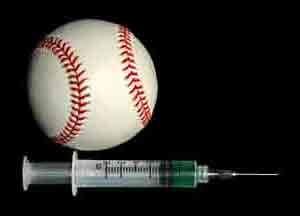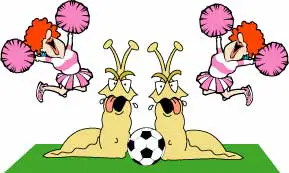 With Clemens-Gate and the Mitchell report, performance-enhancing drugs are again major headlines in the media.
With Clemens-Gate and the Mitchell report, performance-enhancing drugs are again major headlines in the media.
For track coaches like me, the revelations about professional baseball players taking performance enhancers is no surprise at all. Since the Ben Johnson affair, track and field has been labeled as the sport most affected by drugs. Is there abuse in track and field…absolutely. But is it the sport most influenced by PE drugs? Not a chance. The fact is, track provides a big paycheck to very few people…a way to achieve a college scholarship perhaps, but it’s not considered the pathway to a multi-million pro sport career.
Logic has always dictated that the major professional sports would be most influenced by performance-enhancing drugs. Football, baseball, basketball, and hockey are all sports in which body mass is an advantage and which provide the greatest financial incentives to use performance-enhancers. Hopefully these professional sports will now take honest measures to prevent PE drug use.
Whether performance-enhancing drugs are dangerous is irrelevant. The rules of these sports say you do not use them. So using is the same as false starting, directing a soccer ball with your hand, double-dribbling or taking a short cut through the woods. It’s cheating and it’s stealing. Period.
Who gets lost in the media coverage of this issue, which usually focuses on fan outrage? In fact, those most affected are the clean athletes who came fourth in the major games, who were beaten out for team selections, couldn’t afford a college degree, missed out on endorsement opportunities, trained clean and worked hard but always came up short when comparing their performance against standards set by cheating competitors. These athletes have been cheated of the rewards they rightfully deserve.
The solution? With the amount of money at stake, there will always be incentives to cheat. But two measures may well tip the scales against PE drug use. First, random, out-of-season, without-warning testing – as is done with track and field. Two: follow the lead of the Australians and freeze both urine and blood samples when testing is performed. Keep it for at least eight years and re-test whenever new technology emerges for detecting designer drugs.
Dick Moss, Editor,
PE Update.com
P.S. Don’t forget the official launch of the PE Update.com website.
It’s TOMORROW!!
To subscribe to the free PE Tips of the Week Newsletter, Click Here!
To check out the PE Update.com website, Click Here!
[tags]sports,performance enhancing drugs, steroids, HGH[/tags]






